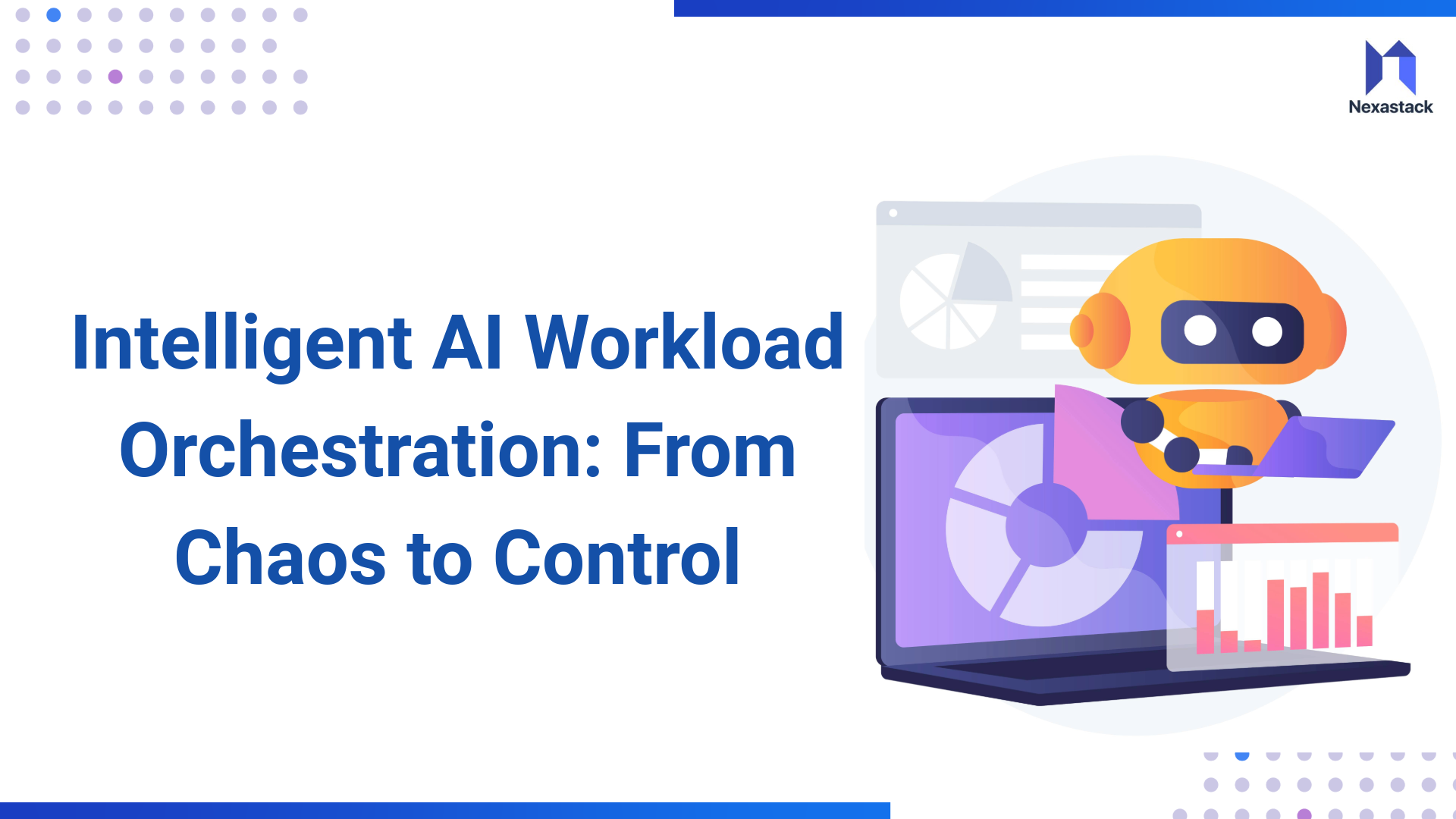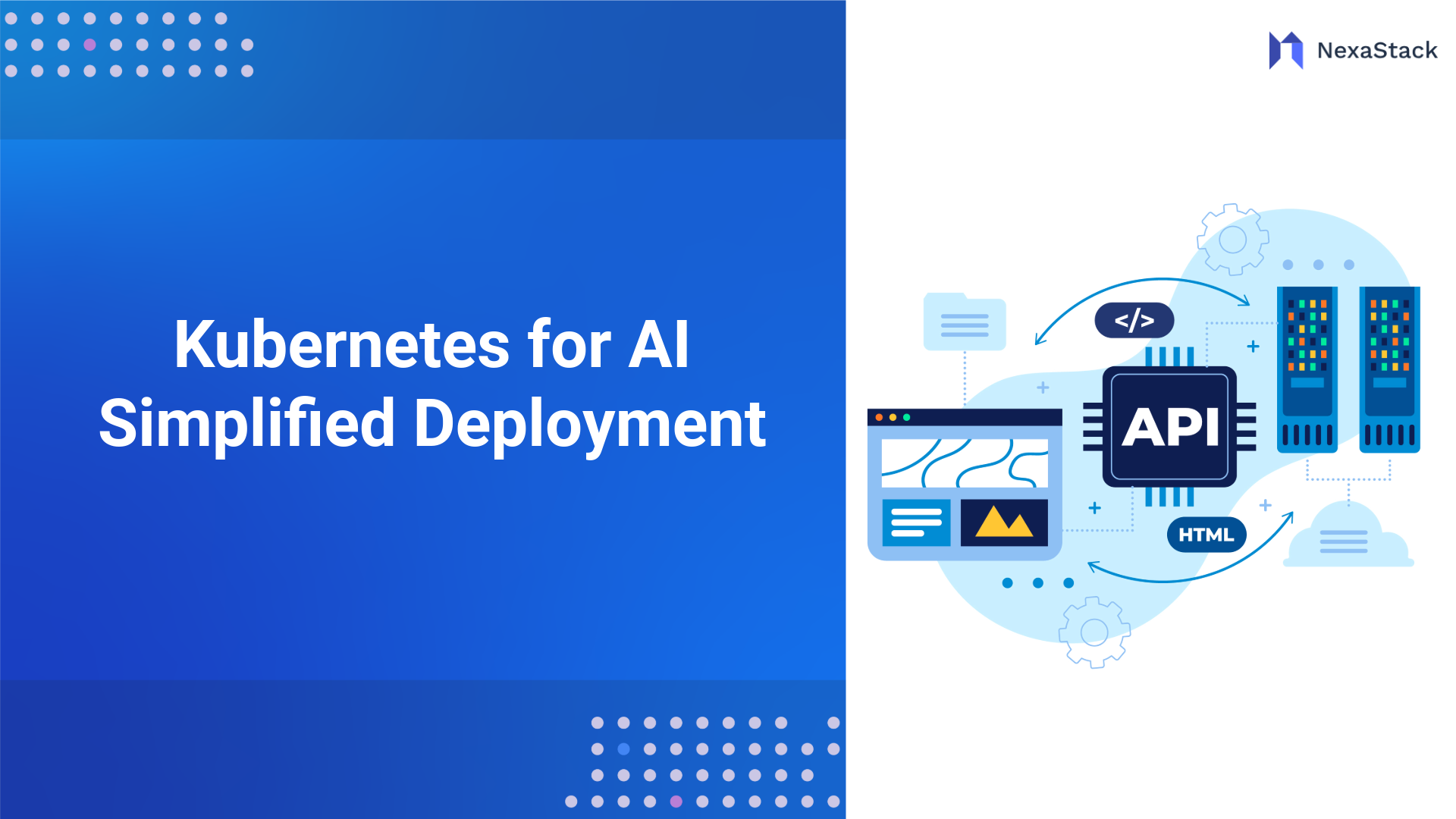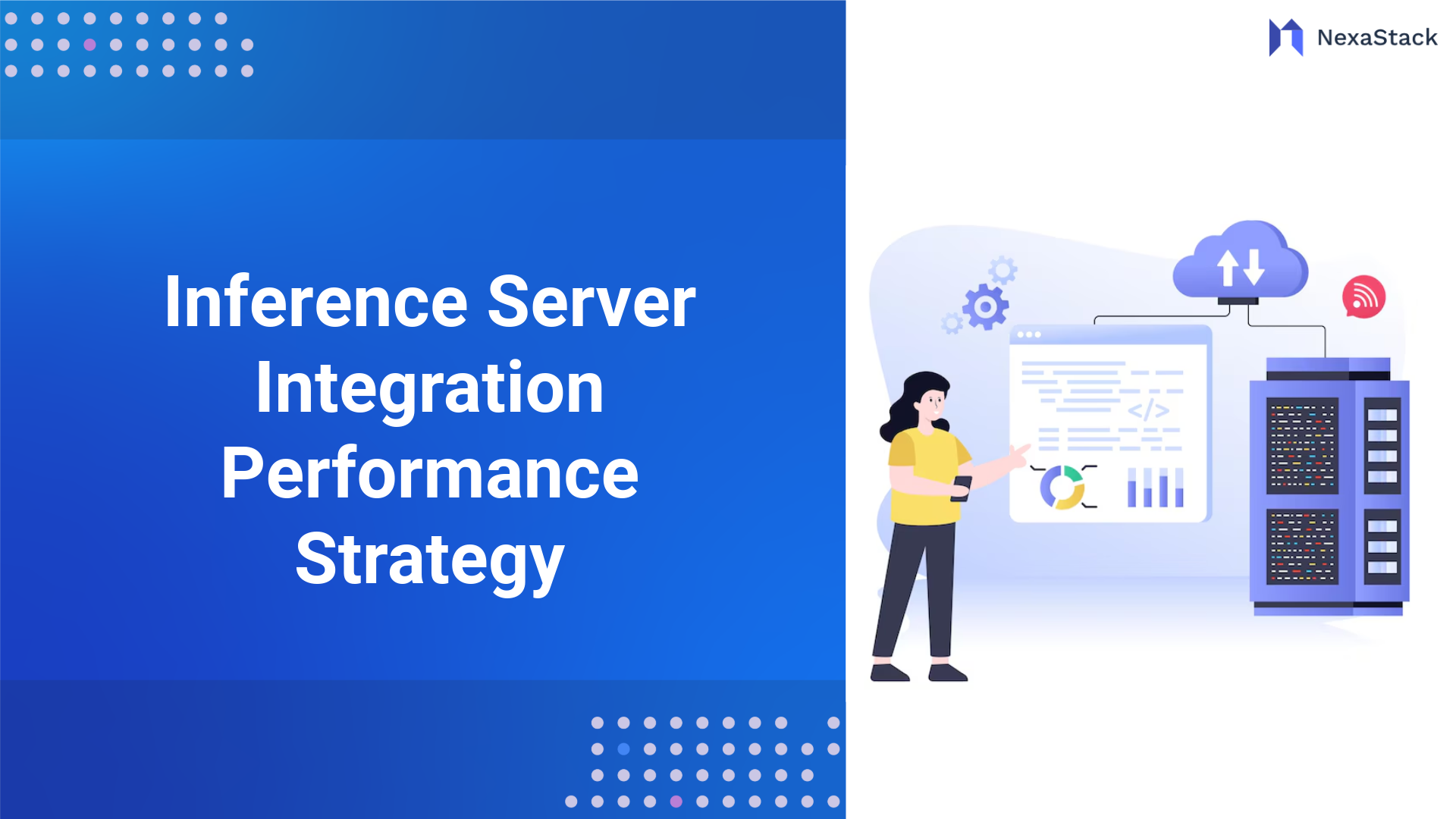Key Infrastructure Components for Regulatory Alignment
Achieving infrastructure-level AI compliance requires organisations to establish governance controls across all components of the AI lifecycle. Below are the critical elements that must be fortified and monitored to ensure consistent regulatory alignment:
1. Data Ingestion and Storage
The foundation of compliant AI begins with how data is collected, transmitted, stored, and accessed. Improper handling at this stage can compromise privacy, consent, and data integrity.
-
Secure Data Transmission: Implement end-to-end encryption (e.g., TLS, AES) to protect data in transit from unauthorized access or interception.
-
Metadata Classification & Tagging: Automatically tag and categorize incoming data based on sensitivity (e.g., PII, PHI, financial data) to apply appropriate controls.
-
Consent Management: Capture, store, and validate user consent in compliance with privacy regulations like GDPR, HIPAA, and CCPA.
-
Immutable Audit Trails: To ensure accountability and traceability, maintain tamper-proof logs of all data access, transformation, and transfer events.
2. Model Training and Experimentation
-
Training environments must ensure reproducibility, transparency, and risk isolation to prevent inadvertent regulatory violations.
-
Version Control for Data and Models: Use tools like DVC, MLflow, or Git to version datasets, code, and model artefacts, ensuring reproducibility and rollback capability.
-
Environment Isolation: Separate development, testing, and production environments to prevent cross-contamination and to isolate experimental risks.
-
Reproducibility Enforcement: Standardize pipelines with consistent configuration and dependency management (e.g., containerization) to enable traceable training processes.
3. Model Deployment and CI/CD Pipelines
Deployment workflows must integrate compliance checks to prevent unvetted or biased models from entering production environments.
-
Compliance Gates in CI/CD: Embed policy-as-code rules (e.g., fairness, explainability, security) that models must pass before they’re promoted.
-
Controlled Promotion Strategy: Enforce a structured release process—such as canary deployments or blue-green strategies—to reduce risk and increase observability.
-
Automated Rollback Mechanisms: Enable instant rollback to a previous compliant state if a deployment fails compliance or security checks post-release.
4. Monitoring and Observability
Ongoing monitoring ensures that deployed AI systems remain compliant throughout their lifecycle, not just at launch.
- Centralized Logging: Aggregate structured logs from all infrastructure components, including inference APIs, model versions, and data queries.
- Model and Data Drift Detection: Continuously assess deviations in data distribution or model behavior to identify potential compliance degradation or bias.
- Intelligent Alerting and Notifications: Set up threshold-based or anomaly-driven alerts to flag suspicious activity, unauthorised access, or policy violations in real-time.
5. Access Management and Identity Governance
-
Ensuring that only authorized users can access sensitive systems, data, and models is critical to regulatory compliance and zero-trust architecture.
-
Fine-Grained Role-Based Access Control (RBAC): Define detailed access policies tailored to users, teams, or services, limiting exposure to only what is necessary.
-
Federated Identity Management: Integrate with enterprise identity providers (e.g., SSO, SAML, OAuth) to manage authentication across distributed systems.
-
Multi-Factor Authentication (MFA) & Zero-Trust Enforcement: Require MFA for critical systems and apply zero-trust principles to ensure no implicit trust between users, devices, or services.

Automating Governance in Regulated Sectors
Manual audits are no match for the speed and complexity of AI systems. A better approach is governance-by-default through automation.
How Automation Enhances Regulatory Compliance
Automation enables continuous compliance enforcement:
-
Reduces manual workload and human error
-
Responds instantly to violations
-
Scales across hundreds of AI workflows
-
Builds real-time visibility into compliance posture
Instead of relying on quarterly audits, organizations can build compliance checkpoints into every deployment pipeline, automatically blocking non-compliant models or data from going live.
Real-Time Monitoring, Auditing, and Policy Enforcement
Automation supports:
-
Continuous monitoring of data access, model performance, and system behaviour
-
Automated remediation (e.g., shut down model on security breach)
-
Immutable logging for audit-readiness
-
Dynamic policy enforcement using code
Use cases include:
-
Enforcing data residency (e.g., EU data must stay within EU)
-
Detecting bias during training
-
Preventing unauthorised changes to production models
-
Flagging model drift before decisions go out of policy bounds
Core Technologies Powering Compliance Automation
Role of MLOps, AIOps, and Policy-as-Code
These technologies form the foundation of compliance automation:
MLOps
-
Streamlines the model lifecycle
-
Enforces reproducibility and versioning
-
Integrates compliance checks in pipelines
AIOps
-
Analyzes telemetry and logs to surface compliance risks
-
Applies ML to IT operations for faster detection of anomalies
-
Turns compliance rules into executable logic
-
Enables enforcement within CI/CD tools (e.g., GitHub Actions, Jenkins)
-
Reduces ambiguity—code is law
Example: A bank might use Open Policy Agent (OPA) to block model deployments unless explainability metrics are above a threshold.
Integration with Security, Data Lineage, and Logging Systems
A compliant AI infrastructure seamlessly connects with:
-
Security platforms (e.g., IAM, firewalls, SIEM)
-
Data lineage tools (e.g., OpenLineage, Amundsen) to trace the flow
-
Logging and monitoring systems (e.g., Prometheus, ELK, Datadog) to generate alerts
By federating these systems, compliance becomes observable, enforceable, and auditable across teams and geographies.

Use Cases: AI Compliance in Highly Regulated Industries
Financial Services
AI powers fraud detection, credit scoring, algorithmic trading, and risk modelling. Yet, explainability, traceability, and auditability are essential under regulations like SOX and Basel III.
Compliance needs:
-
Explainable AI models
-
Real-time logging of financial decisions
-
Encryption of sensitive customer data
Success story: A global investment bank implemented PaC in CI/CD, preventing biased models from deploying and reducing audit incidents by 80%.
Healthcare
Healthcare AI involves diagnostic tools, hospital operations, and patient monitoring systems. HIPAA and FDA regulations demand confidentiality, transparency, and consent management.
Compliance needs:
-
Patient data de-identification
-
Consent-based data ingestion
-
Traceability of clinical AI decisions
Example: A diagnostics company mapped AI inputs and outputs to Electronic Health Records (EHR) and integrated model logs with patient records for full traceability.
Telecom
Telecom firms use AI for network optimization, fraud detection, and customer service automation. GDPR mandates data localisation, user consent, and usage transparency.
Compliance needs:
-
Policy-driven data retention
-
Consent-based chatbot AI
-
Data locality enforcement
Use case: A telecom provider used OPA to block AI access to EU data unless the model was deployed on an EU node.
Government
AI is now used in surveillance, defence, and public administration. Systems must meet strict standards like FedRAMP, NIST SP 800-53, and EO 13960 (Promoting Trustworthy AI).
Compliance needs:
-
Certification-ready infrastructure
-
Model bias testing and validation
-
Public accountability dashboards
Strategy: A smart city initiative used open auditing tools and public model cards to build public trust in citizen-facing AI.
Best Practices for Building a Compliant AI Infrastructure
Compliance-by-Design Principles
Embed compliance in the design phase, not just the deployment phase.
Key principles include:
-
Separation of duties between training, deployment, and monitoring
-
Fail-safe mechanisms to pause or roll back problematic models
-
Infrastructure-as-Code (IaC) for consistency and traceability
-
Dynamic secrets and encryption to prevent data leakage
Continuous Auditing, Documentation, and Explainability
Instead of periodic, high-stress audits:
-
Automate documentation generation from pipelines (e.g., using tools like MLflow, Seldon)
-
Continuously track lineage and versions
-
Use explainability frameworks (e.g., SHAP, LIME, Captum) to ensure decision transparency
Organizations should aim for AI observability—a unified, continuous view of data, models, users, and compliance posture.
Conclusion: Future-Proofing AI with Scalable Compliance Automation
Preparing for Upcoming Regulations
The regulatory landscape is rapidly evolving. Major changes on the horizon include:
-
EU AI Act: Risk-based regulation with high penalties
-
India’s DPDP Act: Strict on personal data use and export
-
U.S. AI Bill of Rights (Proposed): Emphasizes transparency, fairness, and safety
Organizations must prepare by:
-
Adopting flexible infrastructure
-
Using modular compliance tooling
-
Building internal regulatory readiness teams
Building Resilient, Compliant, and Trusted AI Systems
Resilient AI systems are:
-
Transparent in their decisions
-
Secure at the system and data level
-
Accountable through audit trails
-
Adaptable to regulatory change





